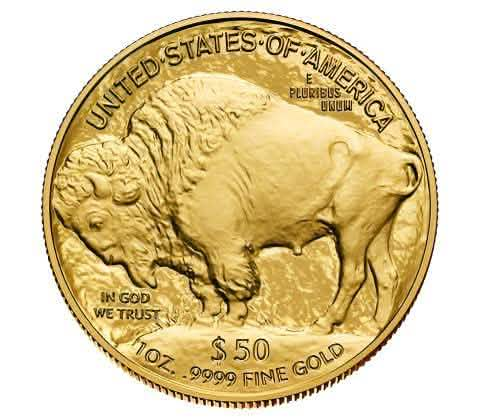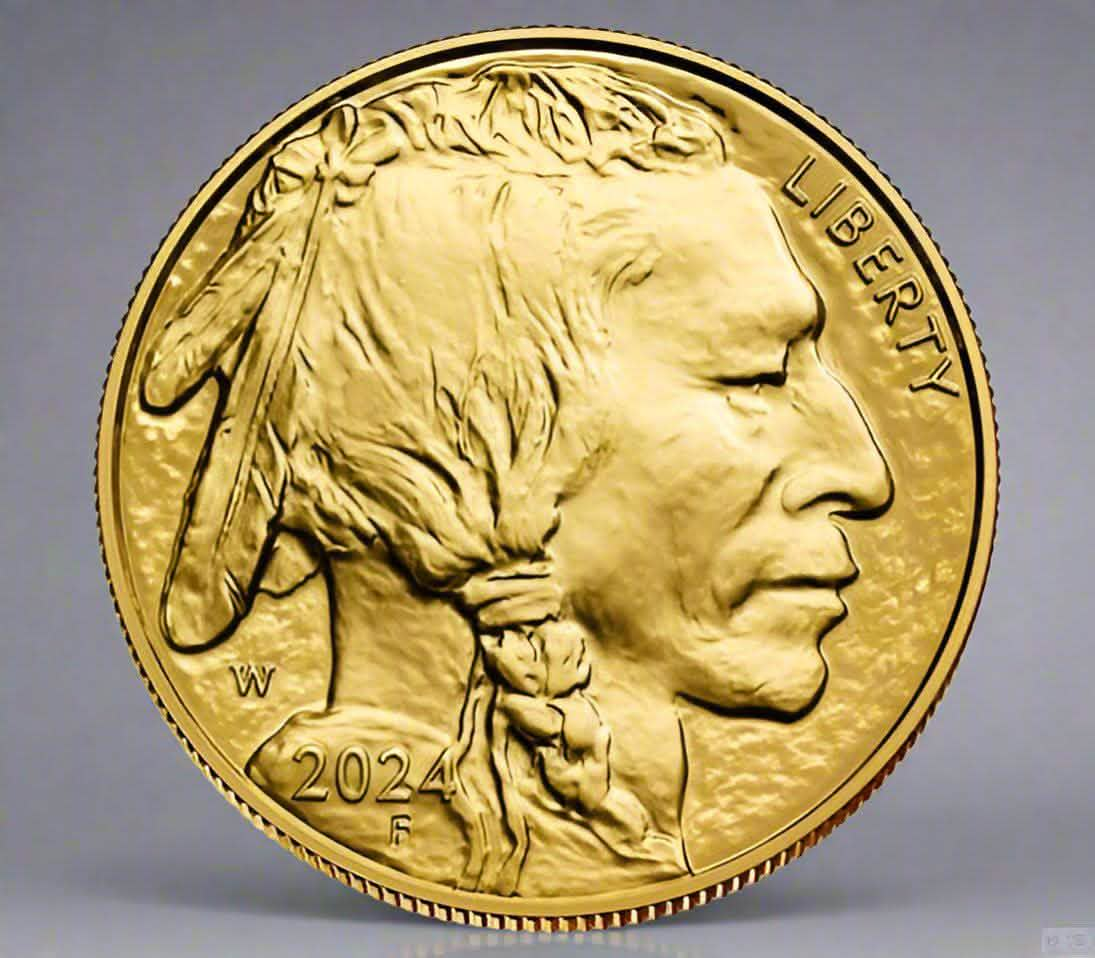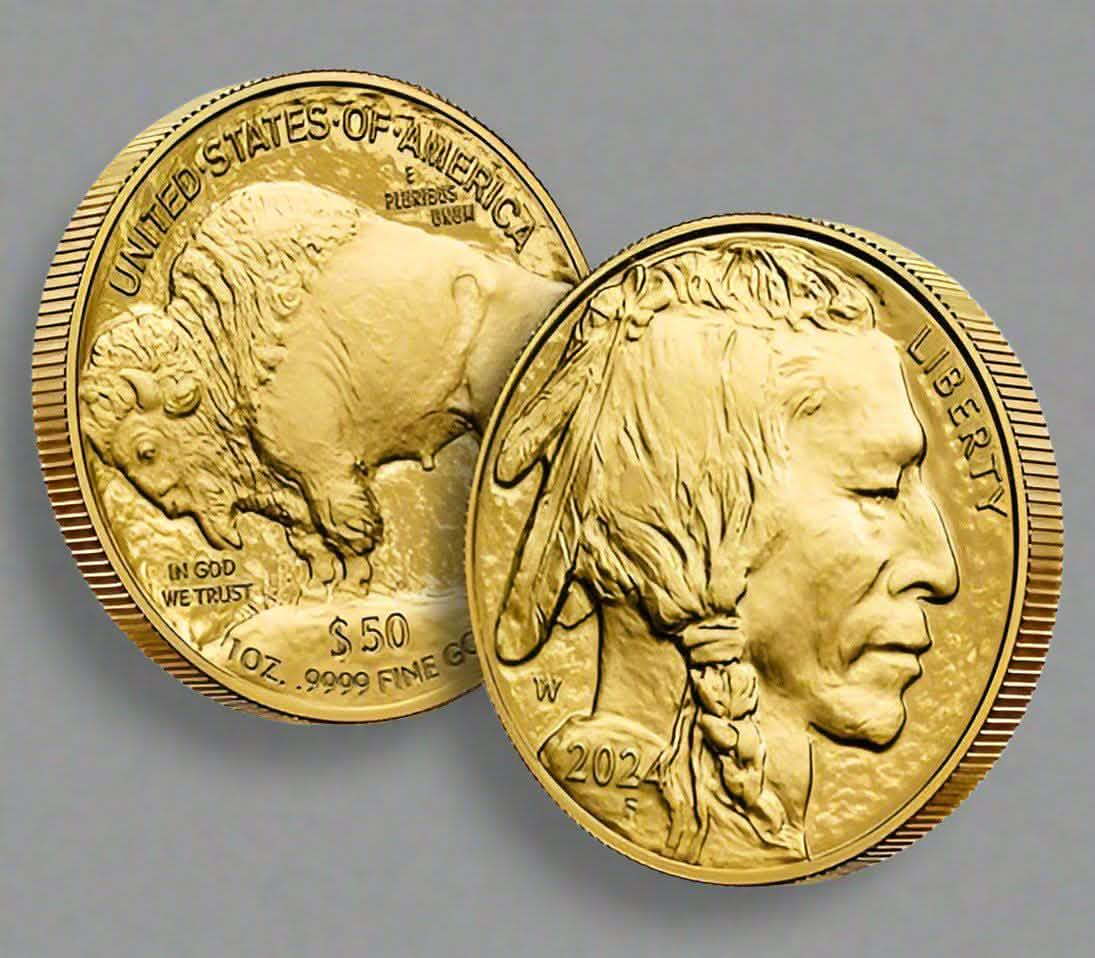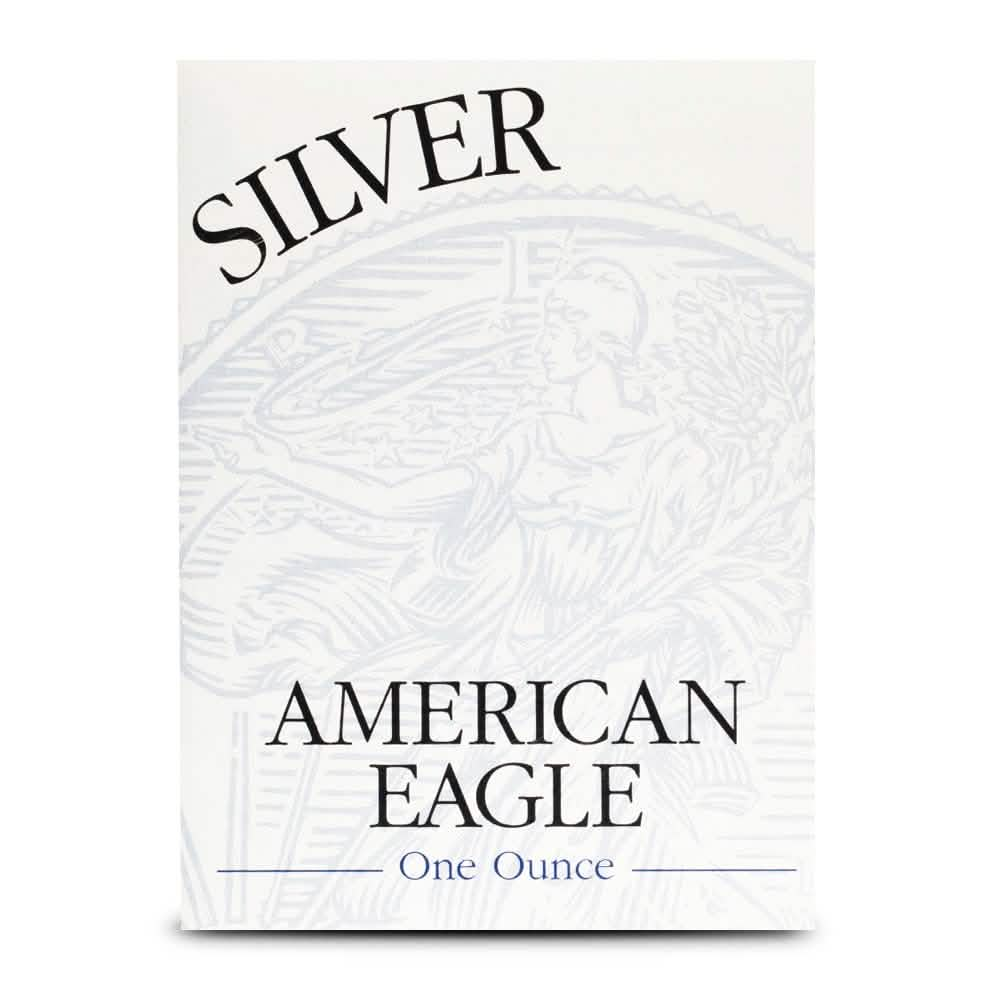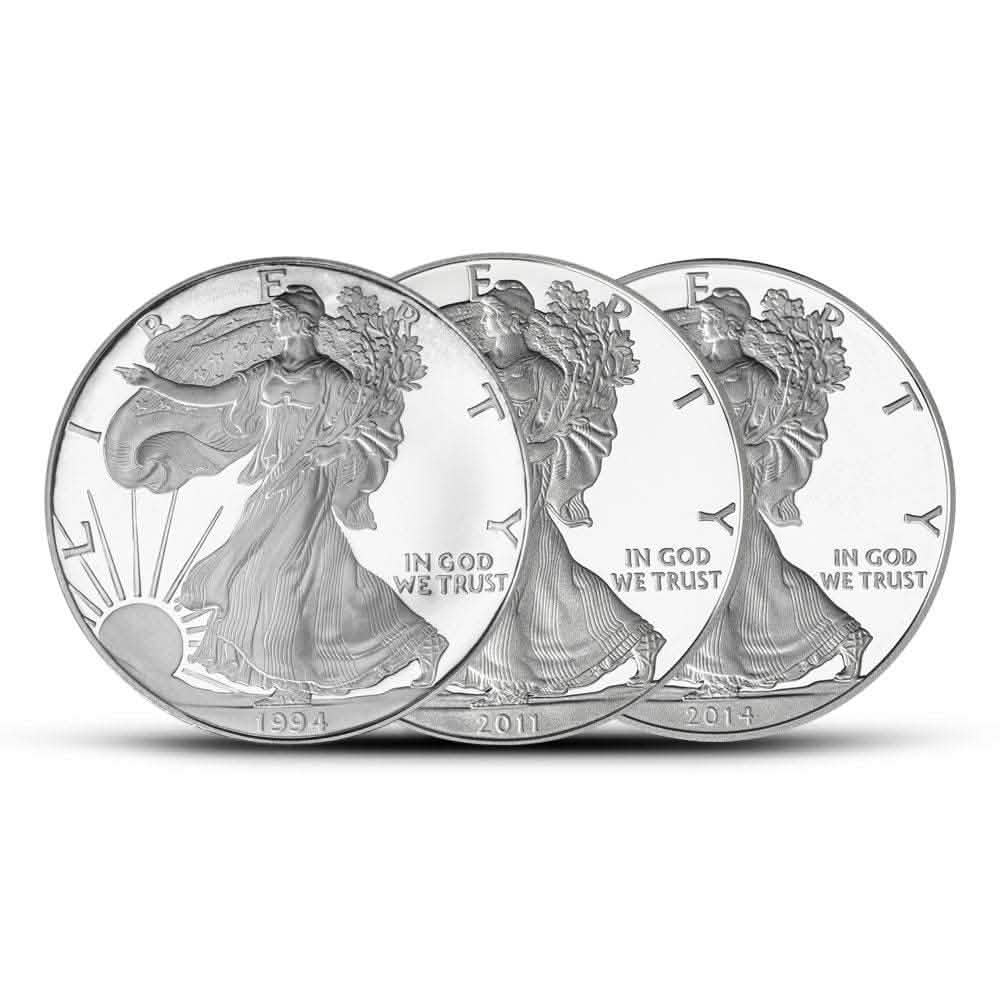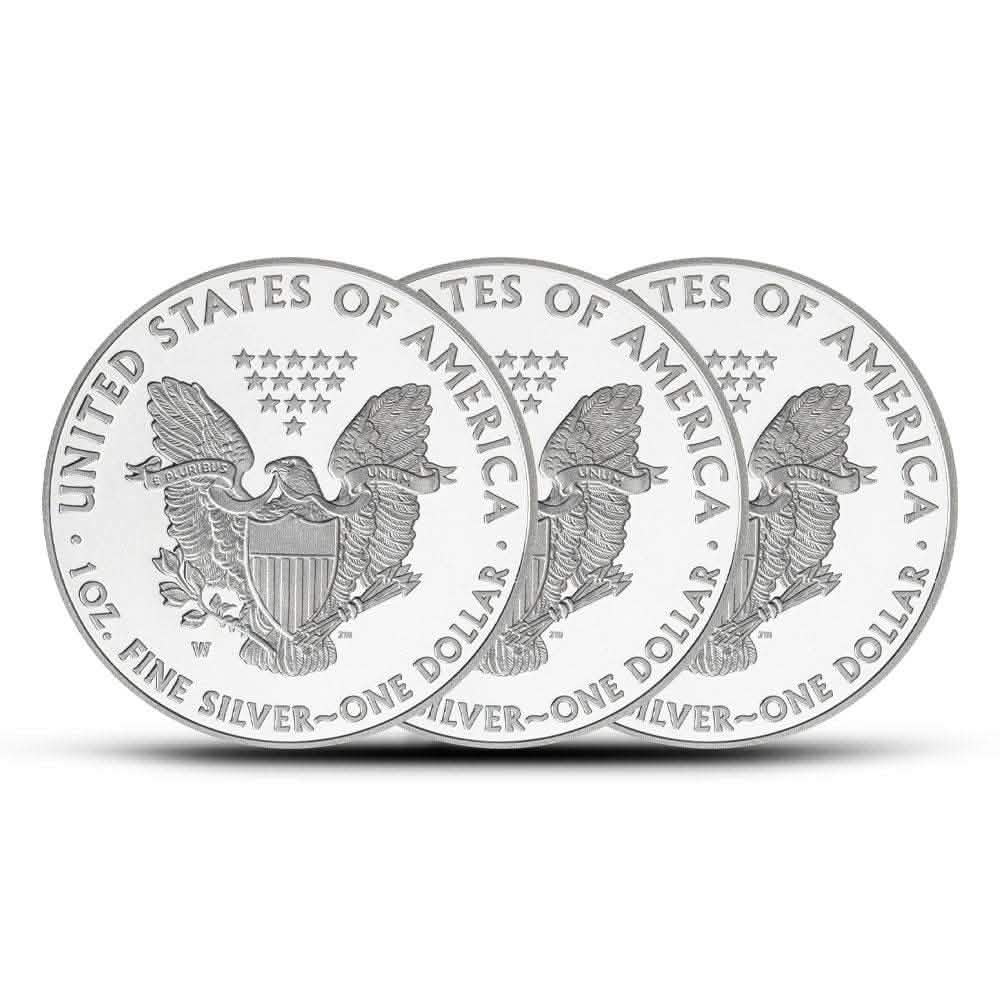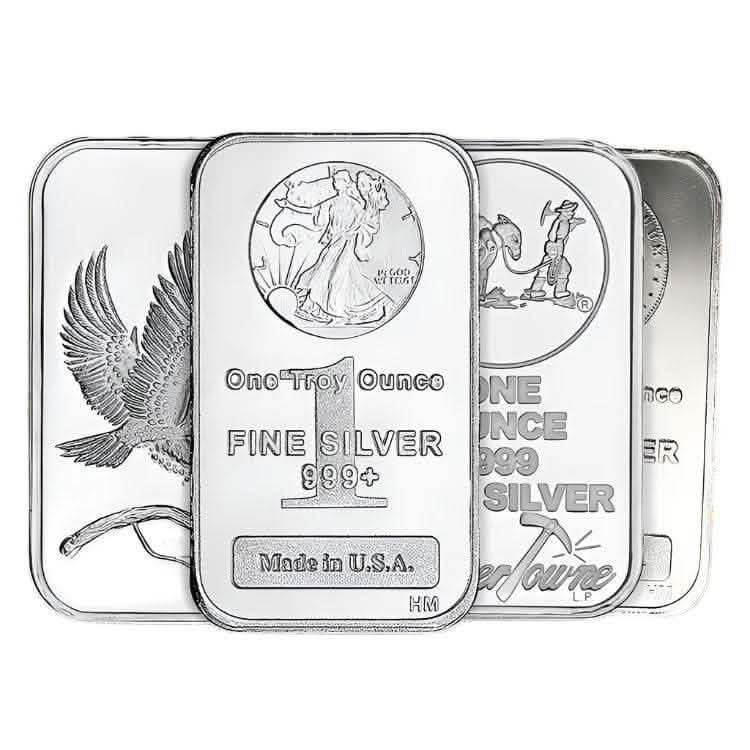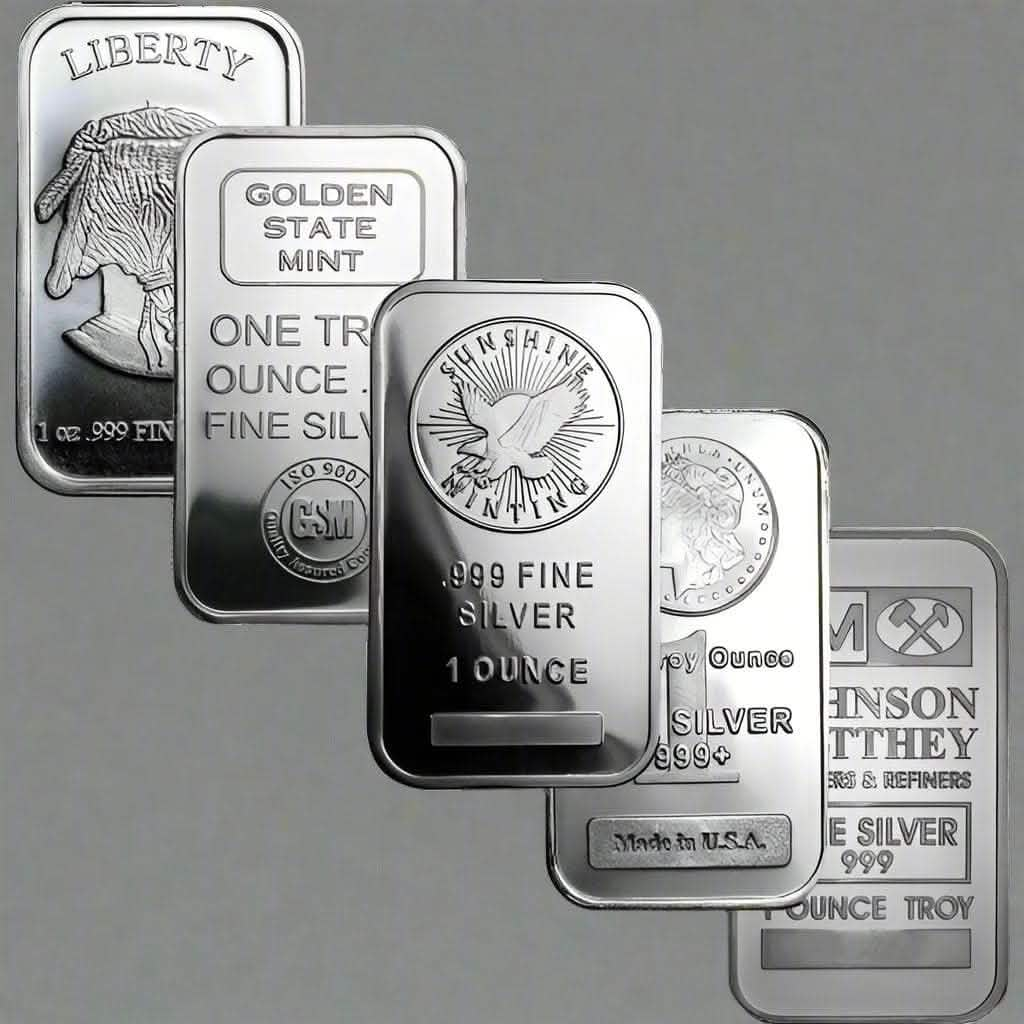Investing in precious metals like gold and silver requires more than keeping up with prices. The gold-to-silver ratio is one key metric that often guides investors in making strategic decisions. From historical significance to modern-day investment strategies, understanding this ratio can give precious metals enthusiasts an edge in predicting market trends and optimizing their portfolios. But what exactly is the gold-to-silver ratio, and why does it matter?
This blog explores the origins, implications, and strategies of the gold-to-silver ratio to help readers better understand its role in the precious metals market.
Introduction to the Gold-to-Silver Ratio
The gold-to-silver ratio represents the ounces of silver needed to purchase one ounce of gold. For example, if gold is priced at $2,000 per ounce and silver at $25 per ounce, the ratio would be 80:1.
This simple calculation serves as a key benchmark for traders, investors, and market analysts, offering insights into the relative value of these two primary precious metals. A high ratio suggests that silver is undervalued compared to gold, while a low ratio indicates the opposite.
Historical Significance and Evolution
The gold-to-silver ratio has deep historical roots, stretching back to ancient times. During the Roman Empire, for instance, the ratio was fixed at 12:1. This means twelve ounces of silver held the same value as one ounce of gold.
Fast-forward to the 18th and 19th centuries, when the ratio was typically around 15 or 16 to 1, partly due to the bimetallic monetary systems upheld by various European and American governments.
However, the ratio has since been subject to significant fluctuation due to shifts in market dynamics. Notable moments include:
- The early 1980s, when the gold-to-silver ratio reached 16:1, sparking a surge in silver demand and price.
- 2011, when the ratio peaked at nearly 83:1, coinciding with a decade-long low in silver prices before a subsequent silver price recovery.
- In Recent years, the ratio has hovered around 60 to 1, shaping investment decisions globally.
Understanding the Calculation Formula
Calculating the gold-to-silver ratio is straightforward:
Gold-to-Silver Ratio = Price of Gold per Ounce ÷ Price of Silver per Ounce
For instance, if gold is priced at $1,800 per ounce and silver at $30 per ounce, the ratio would be 60:1 ($1,800 ÷ $30 = 60).
While the formula is simple, interpreting the ratio requires a deeper understanding of market factors, which we’ll discuss next.
Economic and Market Implications
The gold-to-silver ratio isn't just a number—it provides critical insights into market trends and economic conditions.
Market Sentiment:
During economic uncertainty, a rising gold-to-silver ratio often reflects a growing preference for gold as a "safe-haven" asset. Conversely, a declining ratio indicates increased confidence in riskier assets, boosting the allure of silver.
Price Trends:
When the gold-to-silver ratio is significantly above historical averages, many investors interpret it as a sign that silver is undervalued and due for a price correction.
Economic Indicators:
Changes in industrial demand also influence the ratio. Since silver has a dual role as both an industrial metal and an investment asset, a drop in industrial activity can affect its price relative to gold.
Factors Influencing the Ratio
Several factors affect the value of the gold-to-silver ratio.
- Market Demand: When demand for silver declines, its price falls relative to gold, increasing the ratio. Conversely, surging interest in silver drives the ratio lower.
- Supply Dynamics: Limited mining activity or disruptions in the supply of either metal can cause sharp fluctuations.
- Economic Conditions: Investors flock to gold due to its safe-haven status during financial instability, increasing the ratio.
- Technological and Industrial Trends: Silver is critical in electronics and solar energy, making global industrial trends a significant factor.
Investment and Trading Strategies Based on the Ratio
Understanding the gold-to-silver ratio can help you build more innovative investment strategies. Here are a few key approaches used by seasoned traders and investors.
1. Identifying Value Opportunities
Silver is typically viewed as undervalued relative to gold when the ratio is high (historically above 70). Traders often buy silver in anticipation of price increases.
Conversely, when it’s low (below 40), gold is seen as the better value, prompting investments in the yellow metal.
2. Ratio Trading
Seasoned investors sometimes trade between gold and silver based on fluctuations in the ratio. For example:
- If the ratio is high, sell gold and buy silver.
- When the ratio normalizes (or drops), sell silver and buy back gold.
3. Diversification
The ratio reminds investors to maintain a balanced portfolio and capitalize on the strengths of gold and silver.
Recent Trends and Future Predictions
Recent trends highlight a moderately stable gold-to-silver ratio, often between 60 and 80. However, experts predict shifts influenced by industrial growth, widespread adoption of green technologies (which heavily rely on silver), and geopolitical factors impacting gold’s price.
Michael Chang from GoldVision Capital notes, "Historically, major shifts in the gold-to-silver ratio have signaled important turning points in the precious metals market and broader economic trends."
Rachel Ward of PreciousMetalsFund also points out, "While the gold-to-silver ratio alone shouldn't be the sole factor in investment decisions, it does provide valuable context for the relative attractiveness of gold and silver."
The Gold-to-Silver Ratio in Perspective
For precious metals enthusiasts, the gold-to-silver ratio remains indispensable for monitoring market movements and identifying value opportunities. While short-term fluctuations can feel unpredictable, understanding the forces behind these changes will help you make informed decisions.
Whether you're a seasoned investor or new to precious metals, leveraging insights from the gold-to-silver ratio can boost your trading acumen and refine your investment strategy.
If you're ready to apply this knowledge and explore investment opportunities further, start tracking the gold-to-silver ratio today and consider how it fits into your broader financial goals.
